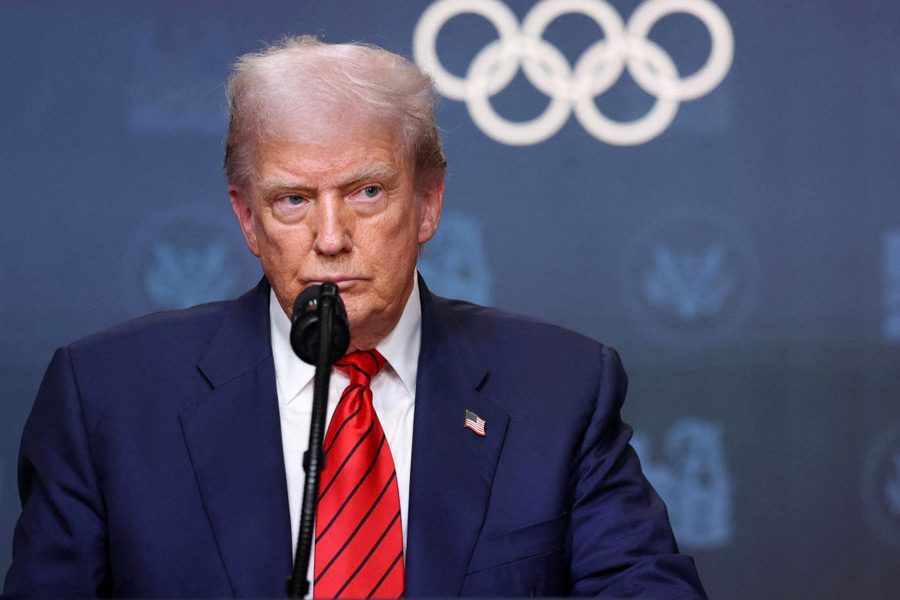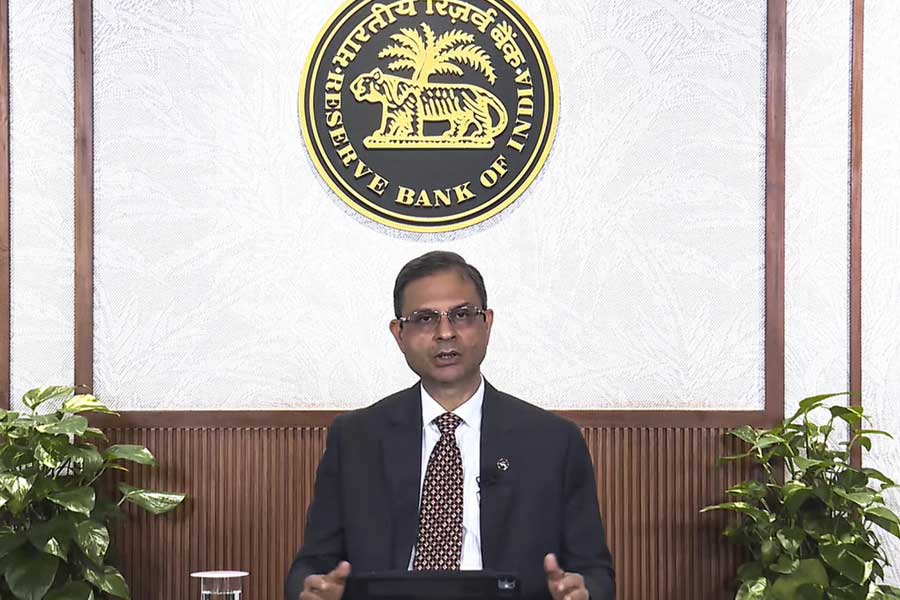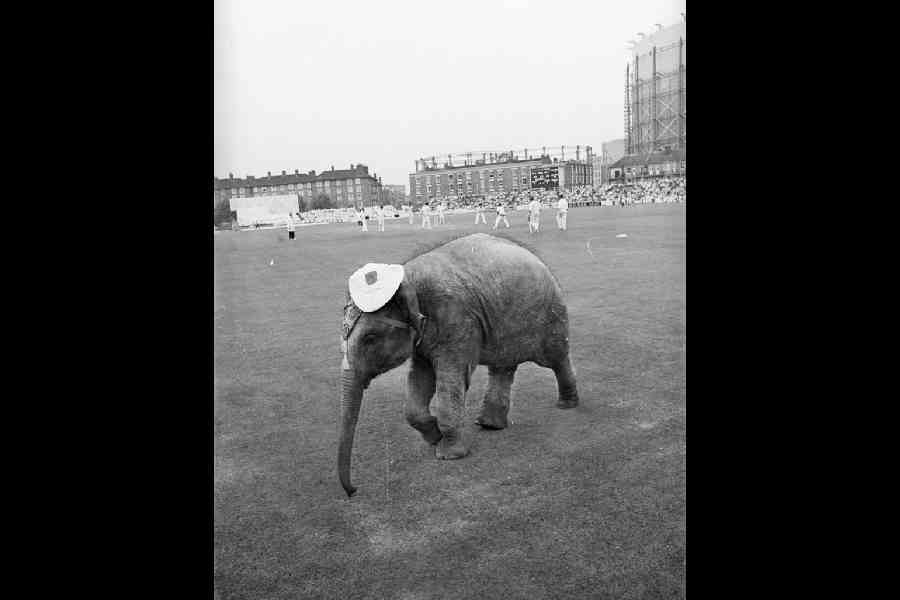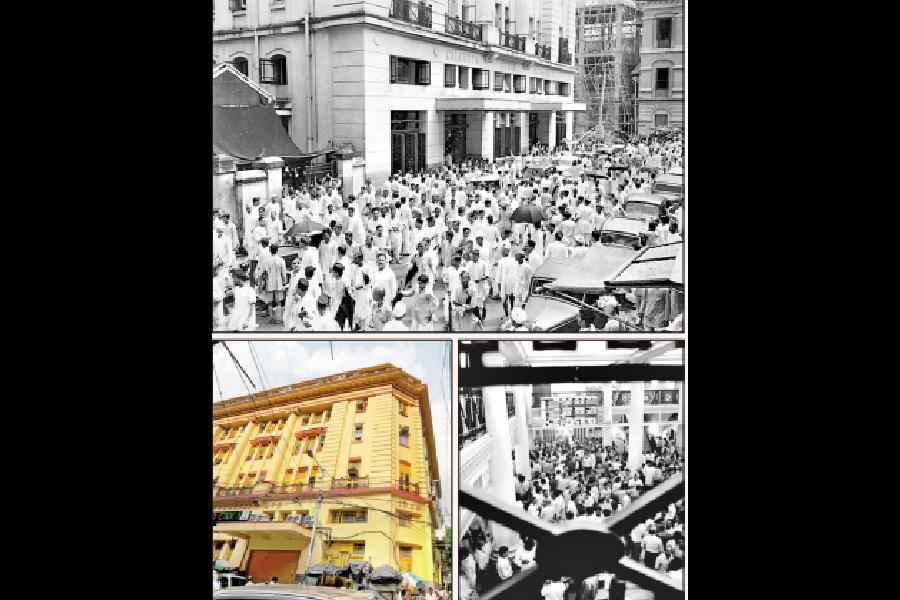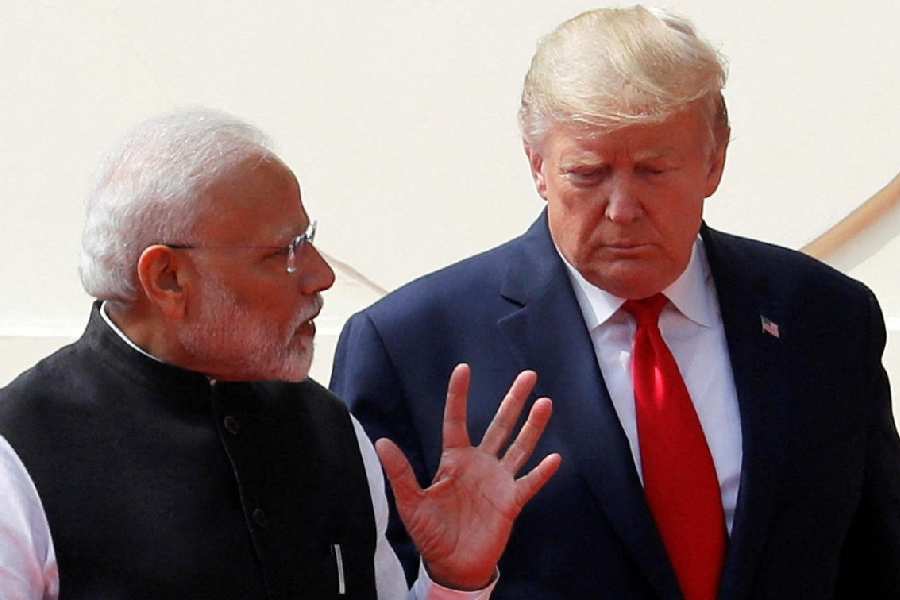 |
 |
| (Above) Women sport tattoos; a few designs. (Manik Bose) |
Ranchi, Aug. 25: Chemicals such as listerine, propylene glycol and glycerine may be used as ingredients to prepare tattoo colours today. But villagers in central India during the pre-Mughal period reposed faith in a young mother’s milk for the indelible mark.
The practice continues in some villages of Jharkhand, Chhattisgarh, Orissa and Bengal. And the knowledge has been preserved to this day by a particular group of people called malars (tattoo artists), a recent study has revealed.
The study of city-based tattoo artists has revealed that the art practised by villagers earlier had acupuncture values, apart from cultural and religious ones, which protected them from ailments.
“A young woman’s milk when mixed with black carbon collected out of burning a lamp on vegetable oil, produced a fine tattoo colour. This colour had the quality to last for several years, unlike the tattoo colour now,” said Dibyendu Paul, an artist who has carried out the study.
He researched tattoo art as a project given to him by the state government and completed it in the beginning of this year.
Paul has interviewed well over 1,000 malars — a particular social group of tattoo artists in various districts of Jharkhand and some in Orissa, Chhattisgarh, Madhya Pradesh and Bengal. He has also interviewed several elderly women who have got tattoos inked by malars.
“Mother’s milk was used as a liquid to prepare the tattoo colour because of its purity. As the colour is inserted inside the skin of the person, the malars wanted to ensure that no infection arose after the tattoo was done,” Paul explained.
Paul, a postgraduate in fine arts from Rabindra Bharati University, Calcutta, has not been able to pinpoint when the practice of using mother’s milk as a tattoo liquid began. But this practice must have been quite old, he said.
In the Sultanate and Mughal eras, mother’s milk was substituted with pig milk. However, after the country’s reign went over to the British, mother’s milk was used again.
“The villagers opted for pig’s milk to solve a serious problem. As the rulers and their men in the Mughal period kidnapped young women, malars drew tattoos with colours prepared from pig’s milk,” said Paul. “This practice continued till the British rule began. However, in some pockets of central India, it continues, athough on the verge of extinction,” Paul said.


